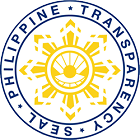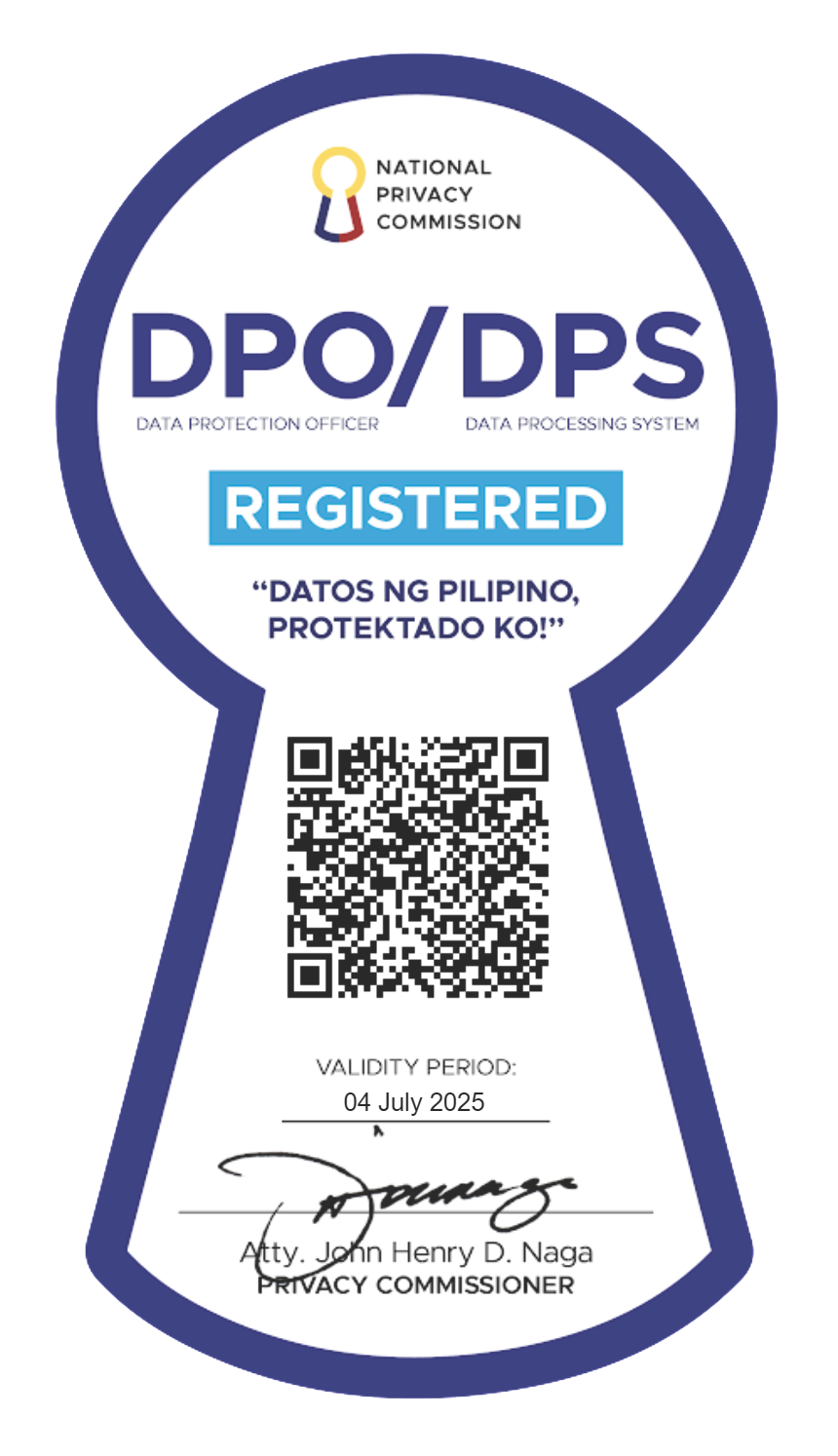HISTORY
 Mangaldan Water District was first operated under the administration of the Municipality of Mangaldan under the name "MANGALDAN WATERWORKS AUTHORITY"It was formed through Resolution No. 38, series of 1979, passed by the Sangguniang Bayan of Mangaldan, Pangasinan on May 12, 1979 pursuant to the provisions of Presidential Decree (PD) No. 198, as amended by Presidential Decree Nos., 768 and R.A. 9286) also known and referred to as the “PROVINCIAL WATER UTILITIES ACT OF 1973”.It is a National Policy favoring local operation and control of water systems; authorizing the formation of Local Water Districts and providing for the Government and Administration of such Districts; chartering a National Administration to facilitate improvement of Local Water Utilities; granting said administration such powers as are necessary to optimize public service from water utility operations, and for other purposes.That on September 1, 1980, it acquired ownership of the Mangaldan Waterworks Authority. On October 6, 1980, the Conditional Certificate of Conformance (CCC No. 139) was issued by the Local Water Utilities Administration (LWUA) to the District entitling it to have access to LWUA’s technical, financial and institutional assistance to improve and develop the water supply system in the area.In a Supreme Court ruling with “Entry of Final Judgment on March 12, 1992” in the case of Davao City Water District, et. al vs. Civil Service Commission and Commission on Audit, GR No. 95237-38, declared all Local Water Districts (LWDs) as government-owned and/or controlled corporations subject to policies, rules and regulations of, and to usual mandatory review and examination of national agencies such as, DBM, CSC and COA. ....more
Mangaldan Water District was first operated under the administration of the Municipality of Mangaldan under the name "MANGALDAN WATERWORKS AUTHORITY"It was formed through Resolution No. 38, series of 1979, passed by the Sangguniang Bayan of Mangaldan, Pangasinan on May 12, 1979 pursuant to the provisions of Presidential Decree (PD) No. 198, as amended by Presidential Decree Nos., 768 and R.A. 9286) also known and referred to as the “PROVINCIAL WATER UTILITIES ACT OF 1973”.It is a National Policy favoring local operation and control of water systems; authorizing the formation of Local Water Districts and providing for the Government and Administration of such Districts; chartering a National Administration to facilitate improvement of Local Water Utilities; granting said administration such powers as are necessary to optimize public service from water utility operations, and for other purposes.That on September 1, 1980, it acquired ownership of the Mangaldan Waterworks Authority. On October 6, 1980, the Conditional Certificate of Conformance (CCC No. 139) was issued by the Local Water Utilities Administration (LWUA) to the District entitling it to have access to LWUA’s technical, financial and institutional assistance to improve and develop the water supply system in the area.In a Supreme Court ruling with “Entry of Final Judgment on March 12, 1992” in the case of Davao City Water District, et. al vs. Civil Service Commission and Commission on Audit, GR No. 95237-38, declared all Local Water Districts (LWDs) as government-owned and/or controlled corporations subject to policies, rules and regulations of, and to usual mandatory review and examination of national agencies such as, DBM, CSC and COA. ....more
TRANSPARENCY SEAL
(ii) annual reports, as required under National Budget Circular Nos. 507 and 507-A dated January 31, 2007 and June 12, 2007, respectively, for the last three (3) years; (iii) their respective approved budgets and corresponding targets immediately upon approval of this Act; (iv) major programs and projects categorized in accordance with the five key results areas under E.O. No. 43, s. 2011; (v) the program/projects beneficiaries as identified in the applicable special provisions; (vi) status of implementation and program/project evaluation and/or assessment reports; and (vii) annual procurement plan, contracts awarded and the name of contractors/suppliers/consultants.
The respective heads of the agencies shall be responsible for ensuring compliance with this section.


